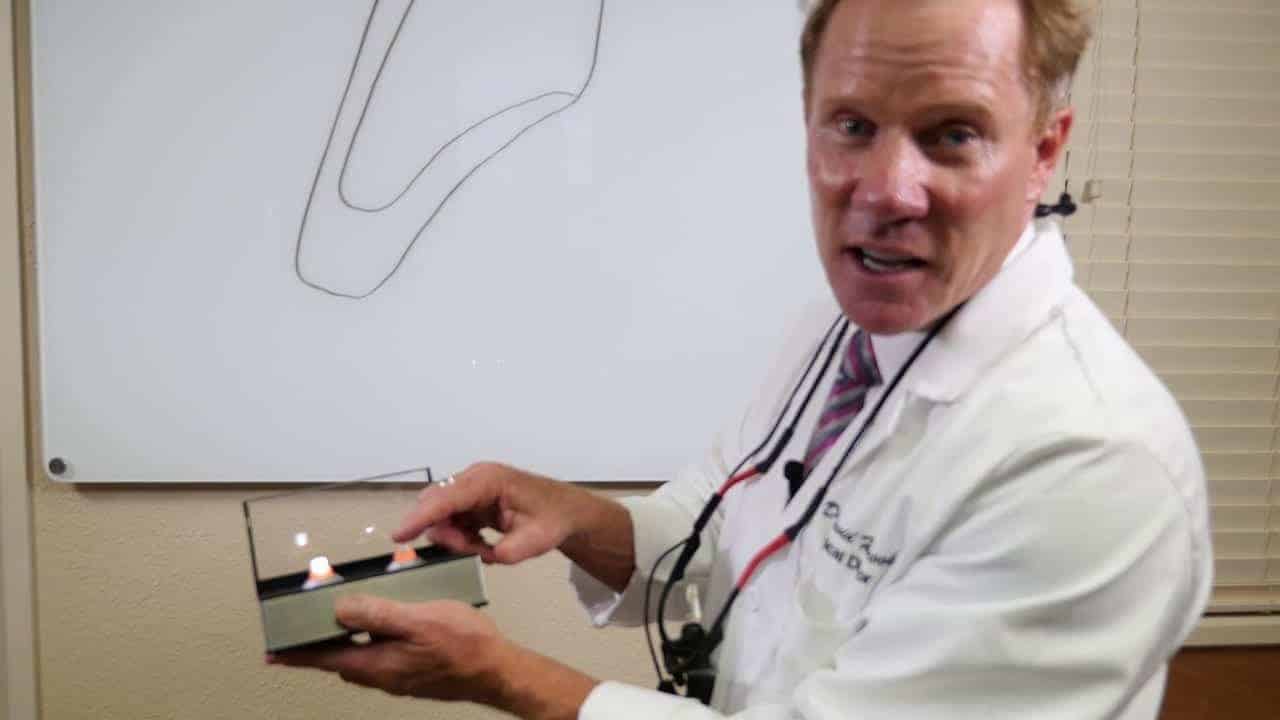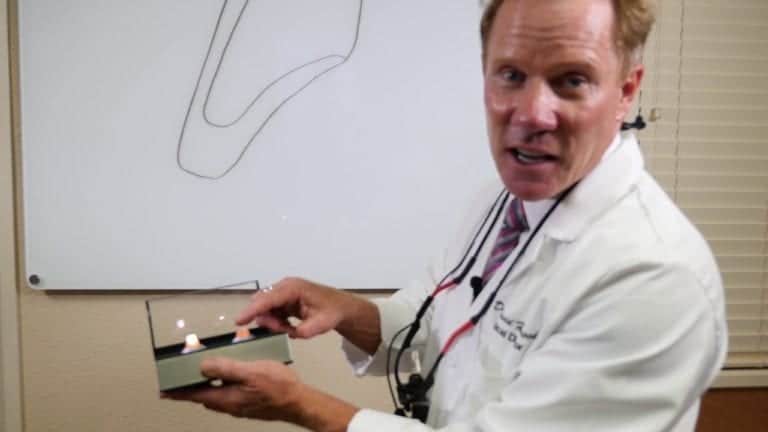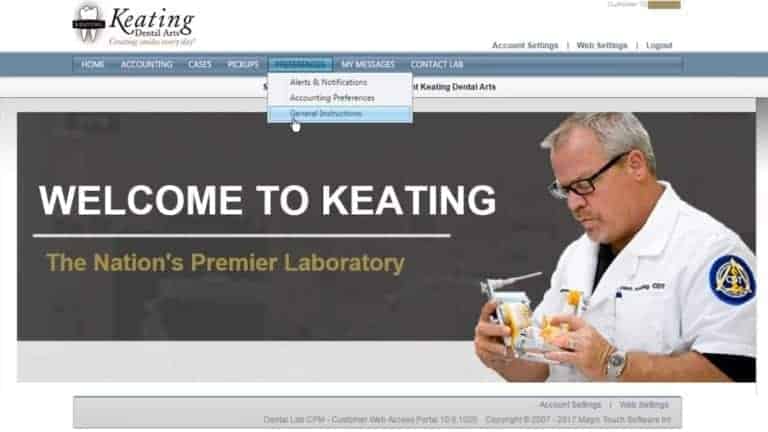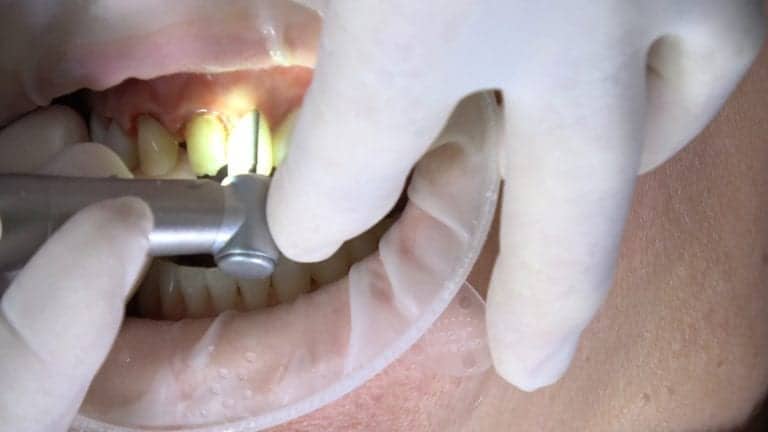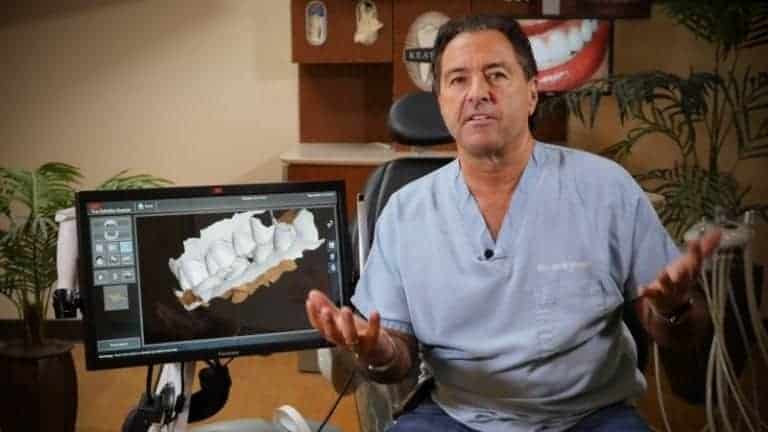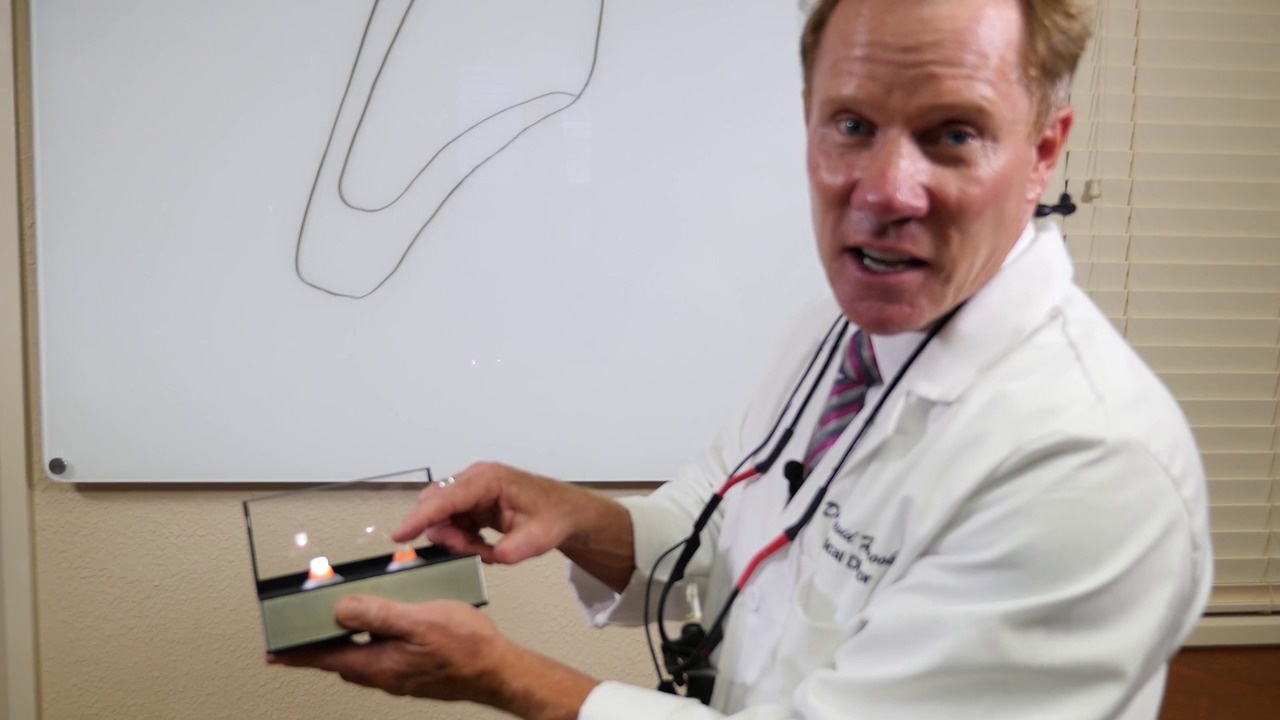
4:46
Dr. David Hornbrook, the Clinical Director of Education Technology at Keating Dental Lab goes over solutions for materials when you are doing an anterior crown and bridge restoration in this whiteboard lecture addition to the replacement of anterior crowns with aesthetic zirconia video tutorial series in 4K.

4:46

